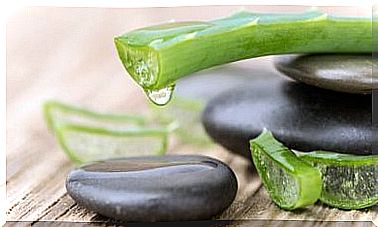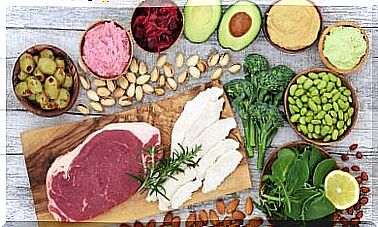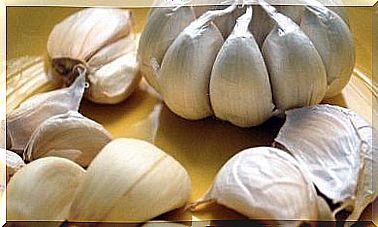Symptoms Of Lactose Intolerance
Lactose intolerance is more common than we think. In fact, there are data that speak of 40% of adults who suffer from it. Even you may suddenly feel a little nauseous and a full stomach, with uncomfortable flatulence and pain. Do you want to know the symptoms of lactose intolerance? Keep reading
Lactose, the sugar in milk
Lactose is a component (present in a proportion of 5% in milk) that, when digested, sometimes reacts differently in many people. Why? In our intestines there is an enzyme called lactase that does not metabolize this milk sugar properly. This molecule, as explained by ADILAC, “is the disaccharidase necessary for the digestion and splitting of lactose into its two simple sugars: glucose and galactose.”
Lactose intolerance, is it the same as allergy?
No, they are different entities very often confused as synonyms. But the differences range from diagnosis to symptoms ending with treatment.

Lactose intolerance
In this case, our body has a deficit in the lactose enzyme (lactase), which prevents its absorption. That is, having lactose intolerance means not being able to digest this disaccharide due to excess lactase.
The symptoms can be the following, although they depend on many factors and, of course, vary from one person to another. However, see your doctor for a diagnosis of lactose intolerance:
- Abdominal distension
- Abdominal pain
- Borborygmus (sounds generated by the bowel movement)
- Sickness
- Colic
- Flatulence
- Diarrhea
- Very bad smelling stools
- Constipation and burning
- Slow growth in children
Milk protein allergy
It occurs when our body recognizes lactose as a harmful element for our body and reacts by rejecting it.
According to the Spanish Association of People with Food and Latex Allergy, an allergy to cow’s milk proteins ( CMPA) is considered when an individual, after ingesting milk proteins, manifests an abnormal response with symptoms included within adverse reactions to foods and in that process there is a proven immune mechanism.

These are some of the symptoms that are associated with allergy to milk proteins. Take them into account and, if you have suspicions, go to the doctor:
- Sickness
- Vomiting
- Diarrhea
- Dizziness
- Abdominal pain
- Itching and eczema
- Swelling of the lips and throat
- Anaphylactic shock (severe allergic reaction that rapidly activates the immune system)
Living with lactose intolerance
Although it is not a serious disease, it is annoying especially because we live in societies where lactose is included in most foods and in the usual diet. Habits will have to change, you will have to look at the labels and read the compositions mechanically.
What foods should I avoid?
Lactose is included in two major food categories: conventional dairy products and foods with additives (dairy and non-dairy products, such as sauces, processed meats such as sausages and hamburgers, toast, bread, candies, jams, pâtés, cereals …) Of course, thinking that lactose is only present in milk is a big mistake.
Also, you should pay attention to the secret ingredients of lactose:
As for dairy, l cow ‘s milk is the most lactose have. It is followed by Yack’s milk (4.93%), buffalo milk (4.86%) and goat’s milk with 4.1%. Regarding yogurts, the traditional preparation is usually better tolerated than milk itself, due to the bacteria cultures used to make it. With cheeses something similar happens: are better suited traditionally prepared because fermentation makes the lactose is reduced.
Some suitable foods
To get calcium and nutrients
- Nuts and seeds
- Fruits (for example oranges are very rich in this component)
- Fresh vegetables and greens
- Legumes and tubers
- Dark chocolate without milk
- Seaweed
- Salmon and sardines: if the sardines are canned, they contain an even greater contribution
- Whole grains
Alternatives to lactose
- Tofu: rich in vitamins, proteins is a perfect alternative if it is also enriched with calcium
- Lactose-free milks : they are easily digested and have a sweeter taste than conventional ones
- Vegetable drinks (usually lactose free)
It may interest you: How to make condensed soy milk









